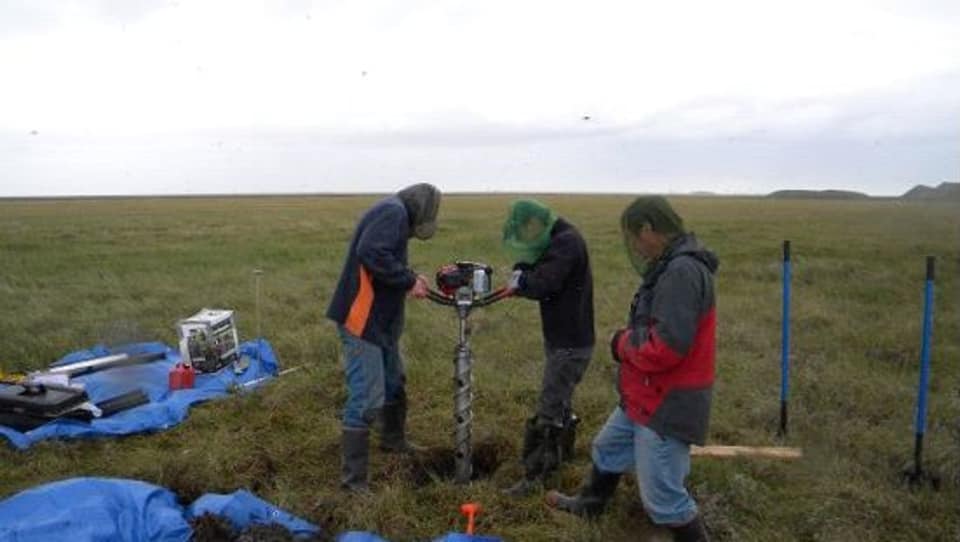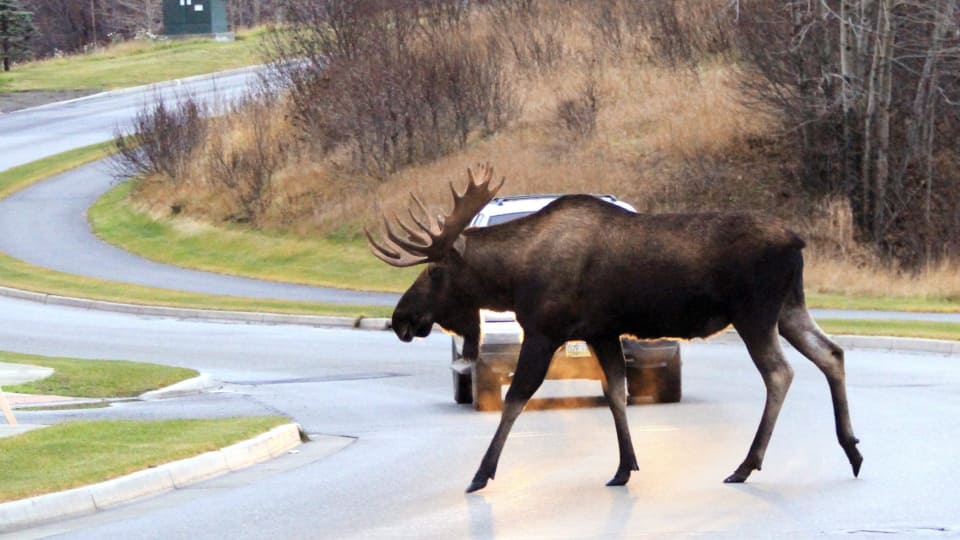
US researchers have recently discovered that melting permafrost is releasing a major source of mercury into the Arctic ecosystem.
Nearly 57 million liters of mercury would be contained in the permafrost of the entire circumpolar Arctic, distributed in Canada, Alaska, Siberia and the Tibetan Plateau in China.
“You have to worry about it,” admits author Kevin Schaefer. “It’s a phenomenal amount.”
Data buried in the ground
The study published in the scientific journal Geophysical Research Letters is based on the statistical analysis of 13 ice cores collected in Alaska between 2004 and 2012.
There is 10 times more mercury in permafrost than all the mercury produced by coal burning in the last 30 years, adds Kevin Schaefer.
Mercury becomes dangerous to humans in the form of methylmercury. However, researchers do not know how much methylmercury is in the permafrost.
A threat to the food supply of Arctic communities
Mercury is a natural pollutant that accumulates in plants. When they die, the mercury escapes into the ground and is trapped in the permafrost. When permafrost melts, mercury can again be absorbed by plants.
If the mercury is in the form of methylmercury, the entire food chain will be affected. Mercury toxicity can cause neurological problems or congenital malformations.
Yukon River particularly affected
Kevin Schaefer became interested in the issue after discovering that samples of water from the Yukon River contained up to 33 times more mercury than samples from 8 other rivers in the world to which he compared them.
“The smelting process is probably already underway, and that’s why these [mercury] levels are found because the Yukon River flows through [areas] of continuous, discontinuous permafrost. ”
The results are of concern to the Yukon River Inter-Tribal Watershed Council. “This is a big concern for rural communities that rely on subsistence food sources like salmon,” says Scientific Director Edda Mutter.
However, more information is needed, says Mutter, before she can determine whether this mercury is a threat to human health or not. It must first be determined whether it is in the form of methylmercury.
Kevin Schaefer says the scientific community knows very little about the impact of melting permafrost on the environment. “Until recently, there was very little knowledge about permafrost in a millennium. ”
The researcher now plans to develop permafrost melt prediction models to estimate the amount of mercury that could escape and define the region that is most at risk.
The scientist reminds all the same that mercury is harmless as long as it remains frozen.
Currently, permafrost is melting faster than what researchers have been seeing 15 years ago, “says Chris Burn of Carleton University. He is studying permafrost in northwestern Canada, the most affected region in the country by global warming.







